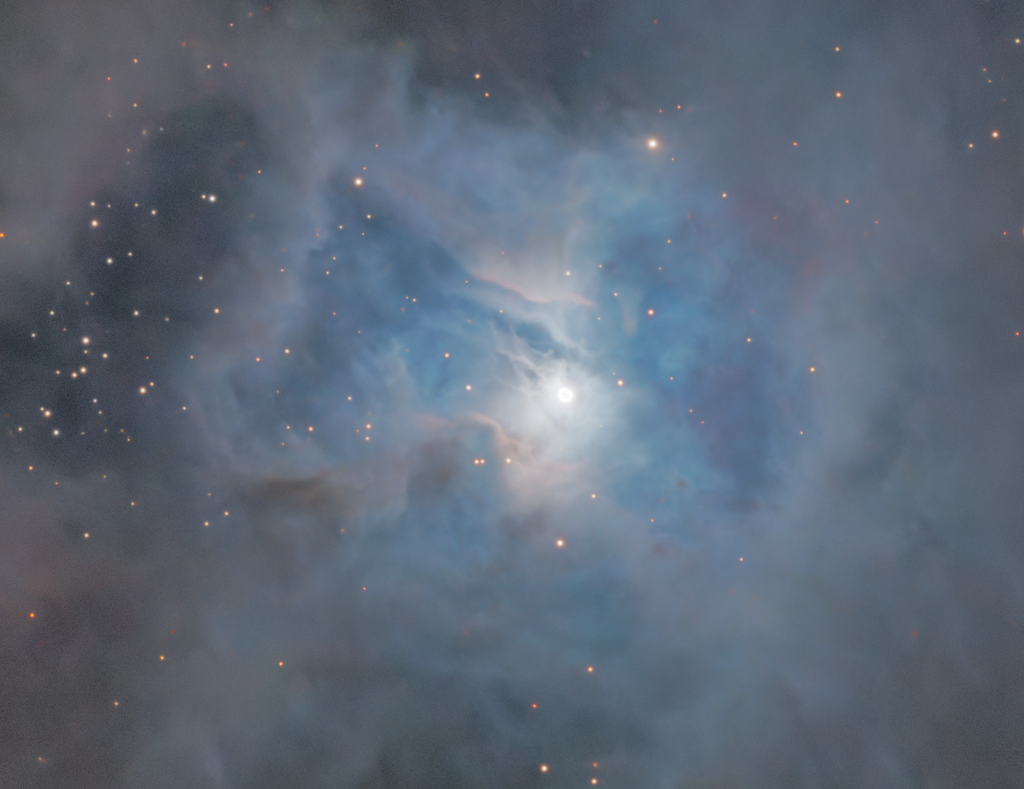I often read that LRGB is always superior to RGB - yup I know, many discussions on this.
We had a few good nights here in the Netherlands (very rare) and I was able to capture 59x300s R, G and B, plus 95x300s L.
In total over 22 hours under B7 skies, and of course my expectation was an image that is close to a Hubbles image.
Not. Plus to my surprise RGB looked better than LRGB. Not what I expected.
So, I did a little experiment using less frames (14xL, 10xR, 10xG and 10xB). And this shows the opposite: LRGB results in a nicer picture than RGB.
To me it seems that when using a mono camera with L, R, G and B filters, LRGB can get you a good image in less time. But there is a ceiling for quality. RGB can break through that ceiling, but it takes more integration time. Integration time is an important variable when choosing LRGB over RGB.
And conclusion 2: there is also a ceiling for integration time (under B7 skies). At a certain moment adding integration time does not do much for image quality - understandable as this is quadratic growth.
Have a look
https://www.astrobin.com/8a8i85/- Original (nd best IMO): 14,4 hours of RGB (59xR, 59xG, 59xB)
- Revision B (nice but close to C, but 19 hours extra): 22,3 hours of LRGB (95xL, 59xR, 59xG, 59xB)
- Revision C (magic compared to D and just 1 hour extra) : 3,6 hours of LRGB (14xL, 10xR, 10xG, 10xB)
- Revision D: 2,5 hours of RGB (10xR, 10xG, 10xB)
Makes me think what is sufficient RGB integration time?
What is the max LRGB integration time before RGB makes more sense?
Since it rains a lot in the Netherlands, my goal is getting maximum quality in a minimum time. Doing 22 hours again on one subject is probably not going to happen anytime soon. Any ideas how to calculate or estimate this?
Thx
Jos



